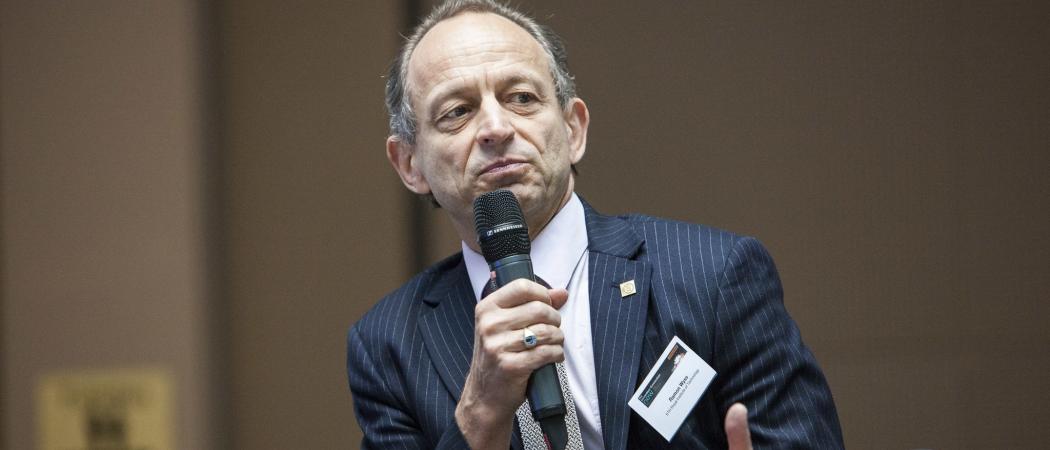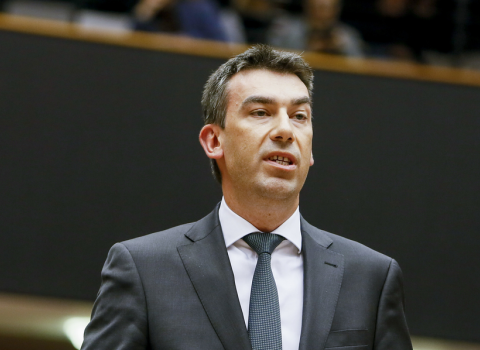Europe risks missing the next big act in online entertainment: real-time multilingual movie and video streaming, warns KTH professor

I switch on the TV to watch the Spanish series “mi casa es la tuya”. The English subtitles provided in real time by the new Artificial intelligence-Language 6 platform work perfectly on the new EU Joint TV service. In fact, I had a hard time choosing what to watch this evening, since the platform was also showing a Polish TV debate between the two top candidates in their upcoming elections. Tomorrow I will watch with my grandchildren “La guerre de boutons”, with Swedish subtitles.
Science fiction? Today, yes. But in the years to come will we ever be able to enjoy truely European TV and movie content anywhere, anytime, any language? Without doubt, Europe’s cultural heritage is outstanding. There is a long tradition of producing excellent movies and television programmes throughout Europe. But we lack simple systems to watch movies or television across Europe’s different nations.
Try to stream one of the classic movies of Jean Renoir or Fritz Lang, or to stream TV from another EU country; you can’t. You will not even be able to stream the winners from Venice, Berlin or Cannes of one or two years ago. There is no single platform that supports streaming of European movies. The current platforms like Netflix, Amazon, HBO or Apple focus on a narrow selection of mainly US and UK movies and on their own productions. The rich content supported by the public throughout Europe is not accessible. This situation prevails, in spite of national and EU support to many productions. Ironically, distribution throughout Europe is not broadly supported.
Certainly, there are barriers to EU-wide content sharing. One is the diversity of Europe that is such an asset for culture, but at the same time fragments commercial attempts that would facilitate access. There are many single actors from which one can stream movies on demand. But all of them cover only a tiny fraction of what has been produced. Since they also are small actors, they in general don’t access mainstream productions.
So why not develop a joint platform for the distribution of digital content on demand that would provide all producers access on equal footing, as an EU infrastructure project? A joint platform would enable small and large producers to offer their products for streaming to the European public. It would generate income that can support both platforms and producers. It could even be made a condition for receiving public production support that the final product be made available across Europe. Imagine a future where we have access to the entire catalogue of movies throughout Europe. What an opportunity to develop a sense of European affinity!
Another barrier is language. Those who have been to China may have encountered simultaneous translation by AI-supported computer systems, that can write subtitles in real time on the screen in English while the speaker is Chinese, and vice versa. Google is launching a simultaneous translator with its ‘Assistant’. The European Commission has pointed to the importance of AI-supported research for Europe. What better project than to support automated audiovisual translations between all European languages? The task is well defined and the outcome offers many applications. It would enable the EU to bring members’ digital content closer and at the same time provide a leading edge in developing language applications.
You’re not alone
If Europe is to catch up with the digital behemoths of the US and China, it must support initiatives that enable digital content-sharing EU-wide. There are some independent efforts already underway. For instance, a small Danish platform, Nut Alone, has EU funding to grow an online home for European indie filmmakers. A larger, EU-supported effort could bring together this and a large variety of other platforms to work together. And once it begins EU-wide, it should of course be open to the rest of the world, enabling all producers to upload their content. It would be a great opportunity, not only for Europe but for countries in Africa and elsewhere that lack international distribution systems.
The outgoing commission has already taken important steps to support cinema and the audiovisual sector. Initiatives range from legislation through the Audiovisual Media Services Directive, to direct financial support. Horizon Europe, the next EU R&D programme, aims to include more grants for Europe’s creative and content industries – including a new culture “cloud.”
Unfortunately, insight into a problem may not necessarily generate an answer. Europe is clearly running out of time, given the increasing speed of the large US-based content providers. There are legislative hurdles to creating a pan-European platform for content sharing, in particular when it comes to broadcasting. Still, if the new commission, from its beginning 1 December does not develop a plan for both action and implementation, we fear that the challenge for joint content-sharing across Europe will become another lost opportunity.
The author is professor emeritus, and former vice president of international affairs, at KTH Royal Institute of Technology in Stockholm.



 A unique international forum for public research organisations and companies to connect their external engagement with strategic interests around their R&D system.
A unique international forum for public research organisations and companies to connect their external engagement with strategic interests around their R&D system.